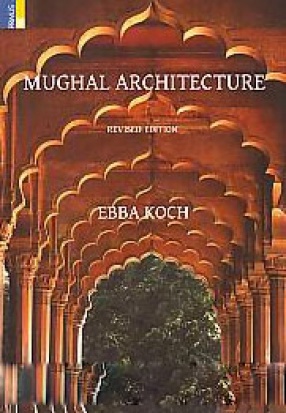The architecture created in south Asia under the patronage of the Mughals (1526-1858) is one of the richest and most inventive of the Islamic world, including such famous buildings as the Taj Mahal in Agra, the tomb of Humayun in Delhi, and palaces and mosques in Agra, Delhi, Fatehpur Sikri, and Lahore. The author provides a concise and richly-illustrated survey of the history of Mughal architecture and the various influences exerted on the Mughal style by earlier Indian, Persian and central Asian-Timurid architecture as well as European engravings. The types of buildings considered include not only the well-known masterpieces but also country houses, hunting palaces, gardens, mausoleums, mosques, bath houses, bazaars, and other public buildings, many of which are still unknown even to specialists. This is the first comprehensive book, covering the whole range of Mughal architecture. It includes numerous new photographs and detailed plans, and presents the results of the author’s extensive fieldwork in India, Pakistan and Bangladesh as well as in Iran and the central Asian region of erstwhile Soviet Union.
Mughal Architecture: An Outline of its History and Development, 1526-1858
In stock
Free & Quick Delivery Worldwide
reviews
Bibliographic information
Title
Mughal Architecture: An Outline of its History and Development, 1526-1858
Author
Edition
1st ed.
Publisher
ISBN
0195660420
Length
160p., Plates; Maps; Glossary; BIbliography; Index; 24cm.
Subjects








There are no reviews yet.